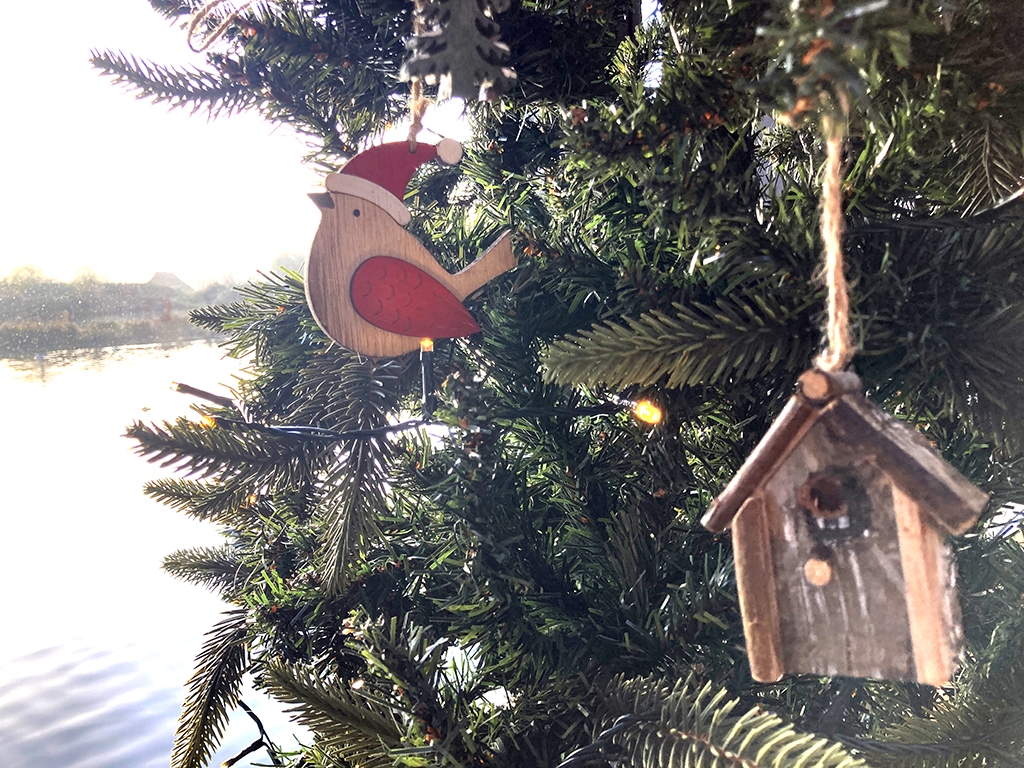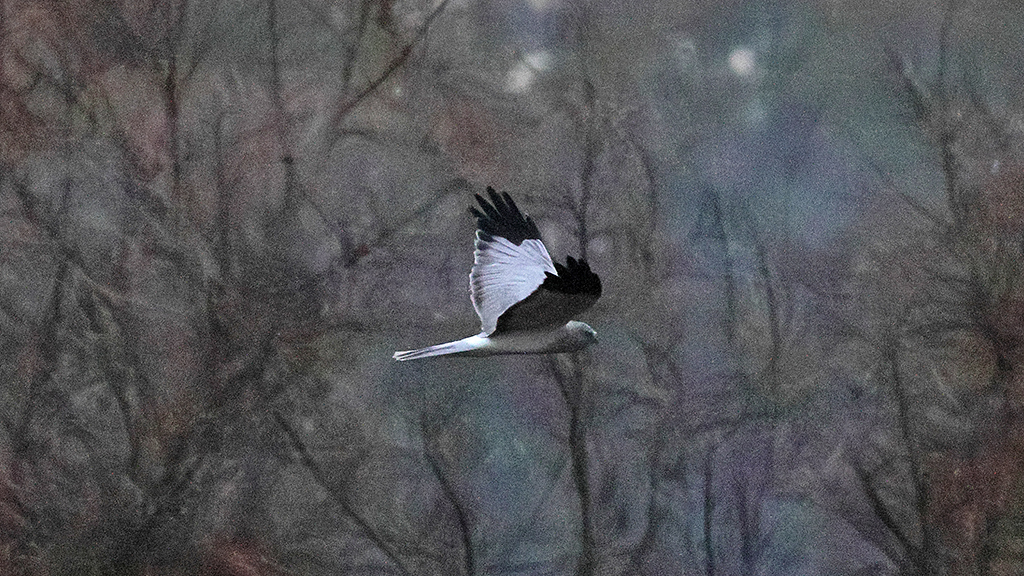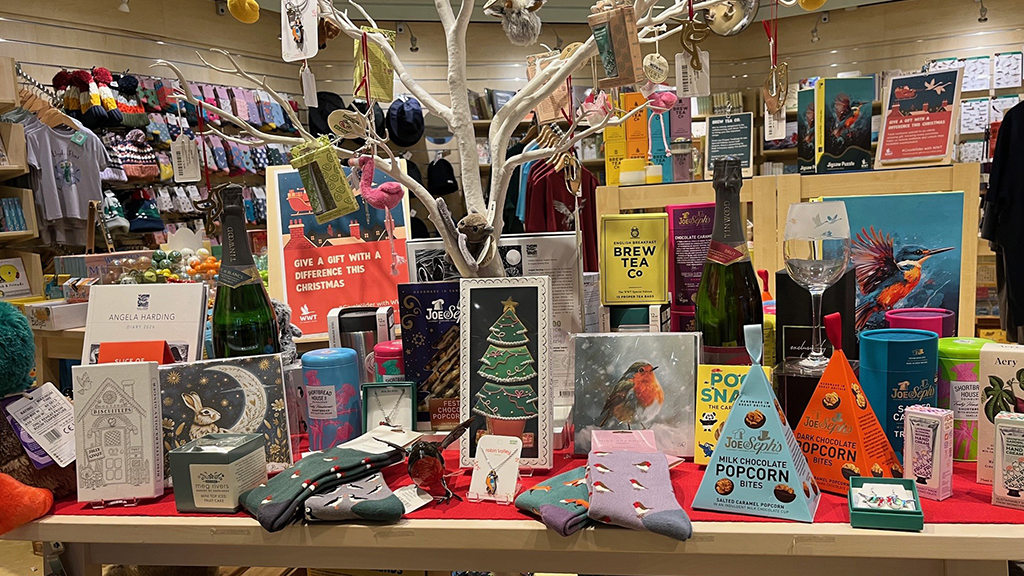Warden wildlife surveys
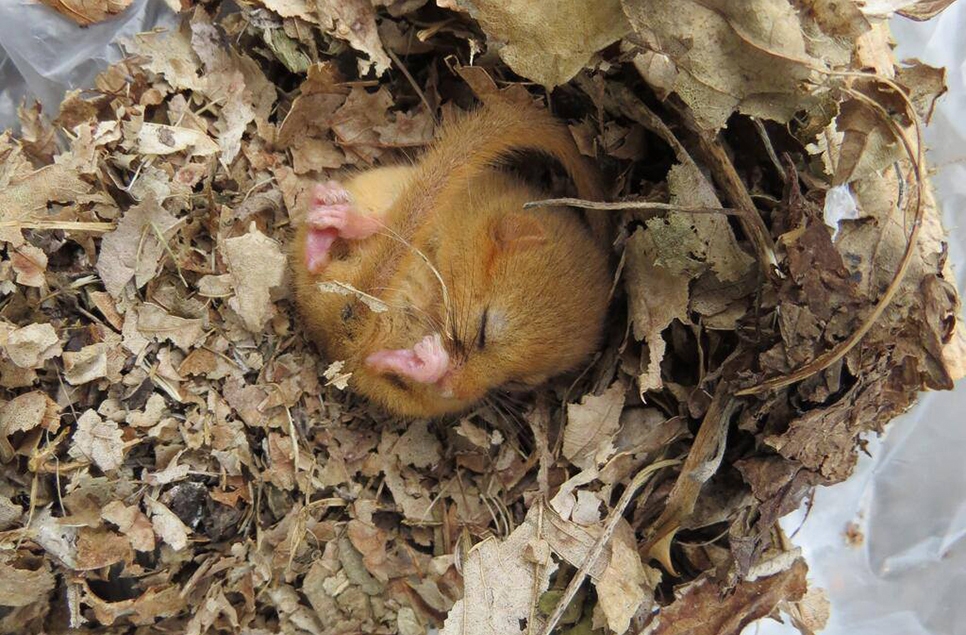
Our Reserve Wardens monitor the wetlands for wildlife all year around. For us to manage the wetland wildlife population effectively, we need to know what birds, insects and animals occur onsite, how many there are of each species; where they are found and when.
Day to day the wardens do counts of wildlife visible and audible around the site, focusing on different areas of the site on different days of the week. The wardens also schedule seasonal surveys that feed information into national and international studies to discern population trends.
In the spring and summer months, most wildlife is very active, so the Wardens are busiest with wildlife surveys between April and October. Some surveys actually count insects, animal and birds while other record activity in areas where species are nocturnal or hard to reach.
Alphabetically the major surveys our Wardens undertake in spring and summer include:
Bat Surveys
On one evening a month from April through October our wardens come in after hours to record bat calls from the same thirteen locations and using an Echometer. We record the bat species and ascertain numbers of bats to compare monthly and year on year.
Currently we are seeing Soprano pipistrelles, common pipistrelles, noctules, Nathusius’ pipistrelle, Daubenton’s bats and Leisler's bat. You can walk with our Warden’s on Bat Walk this Autumn on Sept 4. See our What’s on page for details.
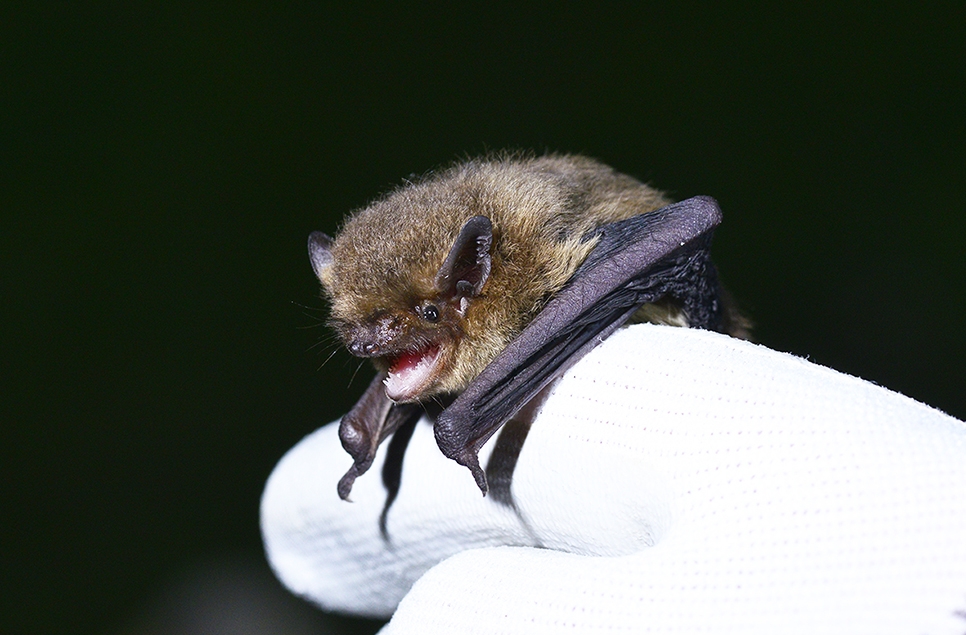
Breeding Birds survey (BBS)
WWT Arundel takes part in the BBS survey that monitors the population changes of 118 breeding bird species across the UK. We survey our site on one day each month of April, May and June. This early morning survey counts all the birds seen or heard while walking a prescribed route and records any nest counts for nesting birds.
Breeding warblers survey
This survey is done in May at Arundel Wetland Centre. Species monitoring volunteers walk the site recording the number and types of warblers seen and heard. This year’s survey recorded eight species of warblers: sedge warbler, reed warbler, willow warbler, Cetti’s warbler, chiff chaff, whitethroat, lesser white throat and black cap.
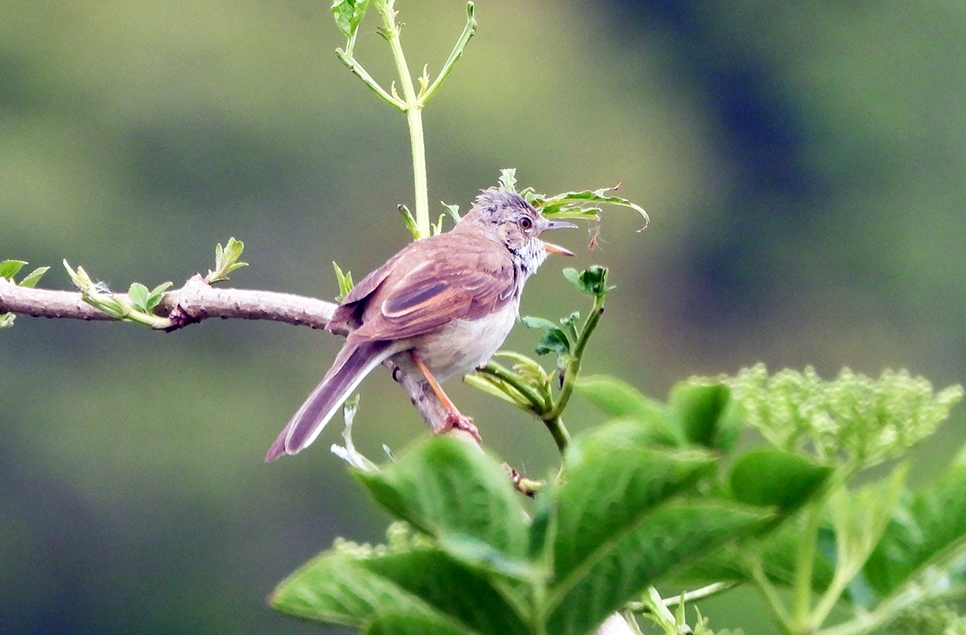
Butterfly surveys
We survey the site weekly for butterflies between April and September. For this survey we break our site down into 15 transects and cover each of these on foot, counting individual butterflies. Weather greatly affects survey results, and this survey can’t be undertaken in the rain.
Butterfly species recorded vary, depending on the time of year but generally the most common species you will see at Arundel are: Meadow brown, gatekeepers, speckled wood, comma, peacock, small tortoiseshell, red admiral, common blue, holly blue, brimstone, large white, small white, green-veined white, orange tip. Painted ladies make an appearance in the summer now and then. Arundel has had rarer sightings of purple clouded yellow, dingy skipper, emperor, brown hairstreak, marbled white and silver-washed fritillary.
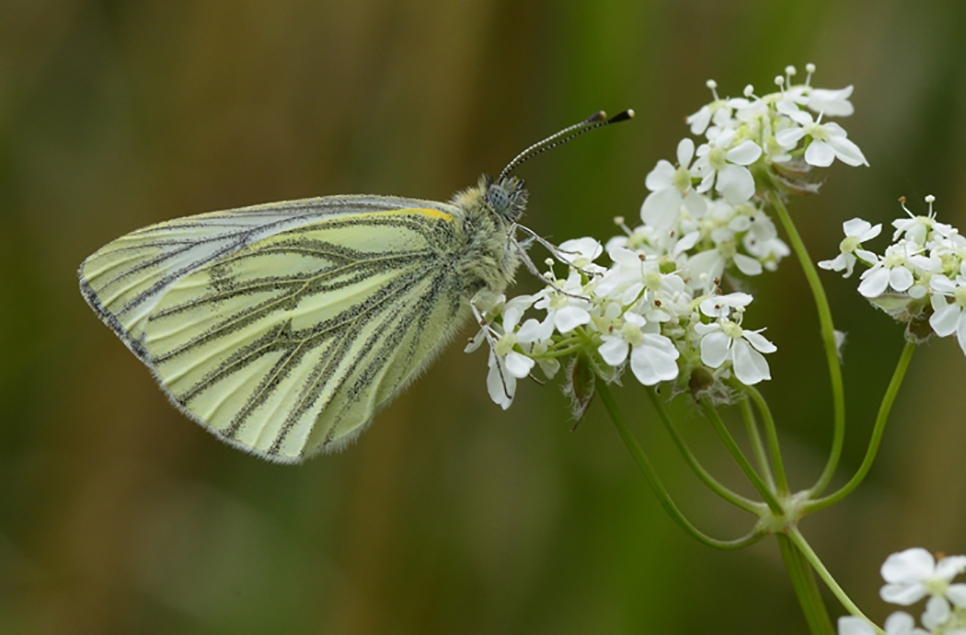
Dormice surveys
In 2008 we discovered we had an active population of hazel dormice (see image at the top) in the hedgerows of Arundel Wetland Centre. Since then, we have provided nesting habitat in the form of wooden dormouse boxes around our site. Our Wardens survey the boxes between April –October, checking for signs of dormice, comparing their activity month on month and year on year to building conservation data.
We also wire Nesting tubes to branches in hedgerows. Dormice are arboreal, living in shrubs and hedgerow so they are amazing climbers and rarely touch the ground. We put the nest tubes in outer branches as the stronger inner branches are mouse highways. Mostly male dormice build summer nests in the tubes, while breeding females may use nesting boxes.
WWT Reserve Manager Suzi Lanaway says: “The dormouse surveys don’t give us exact population numbers because all the dormice on the reserve do not nest in our boxes. Most build their own nest balls of leaves and grass inside the hedgerows.”
When the WWT wardens find a dormouse in a nest box or tube, they weigh it and determine if it is male or female. The surveys finish in October because dormice hibernate in the winter and wardens leave them to sleep.
Dragonfly surveys
Once a month from May through October we check the same 14 transects onsite in good weather and count individual dragonflies. One of the most impressive and magical sights though, comes from seeing the emergence of damselflies. Having spent the last year as larvae in ponds, many species are now leaving the water to break out of their larval skins and live the rest of their lives in the air. This May we are seeing large red, azure, common blue and blue-tailed damselflies emerging across the site. Hairy dragonflies and broad-bodied chaser are currently on the wing and we have seen emperor dragonfly exuviae at the Raised Pond so they must be about.
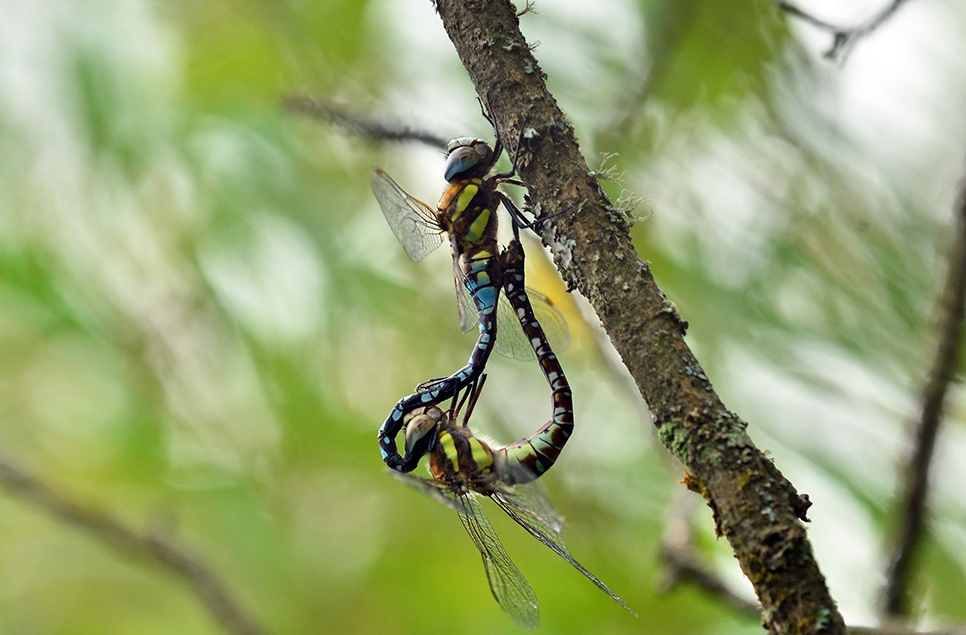
Geese count
We count species and numbers of geese on a day in April or May. The usually species at Arundel are greylag geese and Canada geese. At this time of year we are seeing a pair of cackling geese and earlier in the year a pair of Egyptian geese.
Gull count
In April and is June we do a gull count, only on one day each month. If you are interested in gulls we see at WWT Arundel see our Gull Guide here.
Moth surveys
At least once a month between April and October Wardens come in late to place moth traps in set locations. The next morning the moths are caught up in sample jars and kept cool until they are identified and counted. Survey results are compared month to month and year to year. Visitors can take part by viewing the catch before it is released at Moth Mornings events throughout the survey schedule. Visit the What’s On section of our website for information on the Moth Mornings this year here.
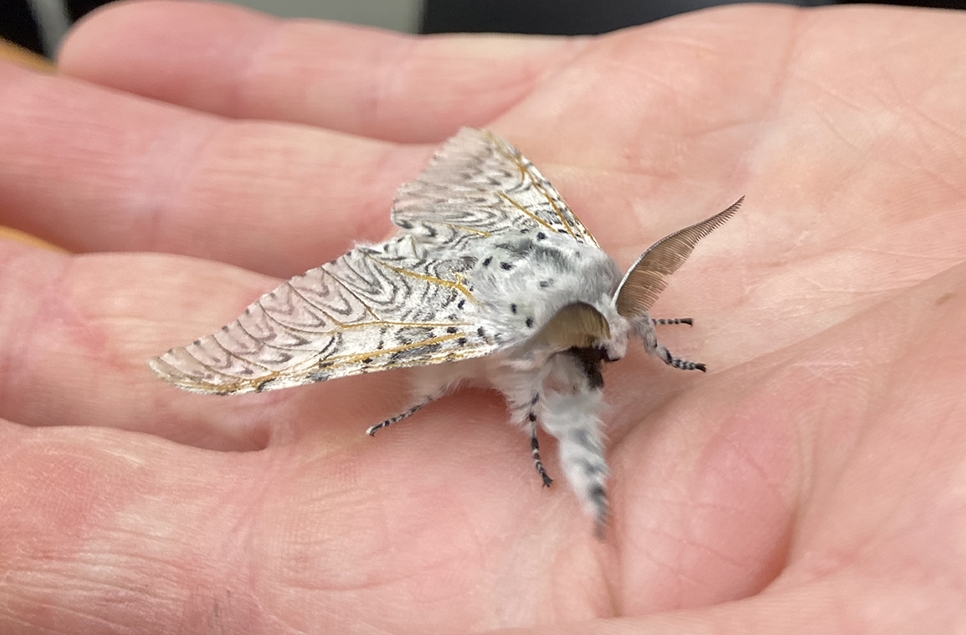
Reptile surveys
Reserve Wardens survey our site once a month between April and September looking for reptiles. The wardens have Reptile Survey refugia dotted around the site. Early in the day, before the refugia tins warm up, staff flip them to search for grass snakes, slow worms and common lizards. If warden spot a grass snake and are quick enough to get hold of one they immediately hold it at arms length. This is to prevent getting hit with the stream of the smelly poo that grass snake release as a defence mechanism!
Wardens then photograph the pattern of unique neck banding on the snake and check its size, which helps determine its sex, before releasing the snake. Females are longer and wider than male snakes. Wardens are check a few lizard habitat hot spots on site.
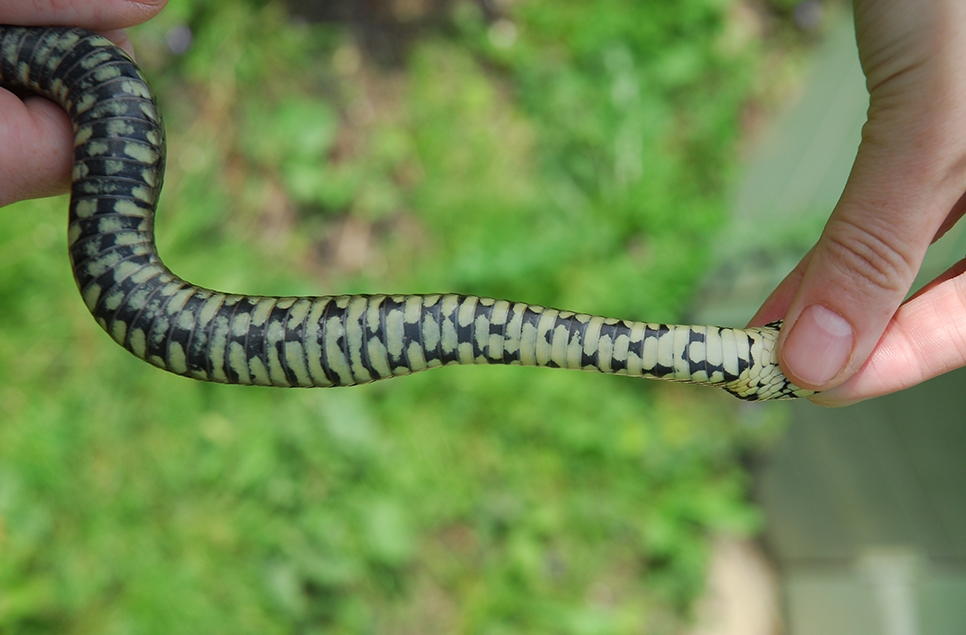
Water voles surveys
Water voles were reintroduced to WWT Arundel Wetland Centre in 2005. Over 150 voles, collected from a wide variety of genetic stock, were released then bred and dispersed around the site.
Genetic surveys by Brighton University students in 2010 showed water vole habitation had spread out from the Arundel Wetland Centre north as far as Southstoke and south across the A27 towards Littlehampton.
On site, the water vole population has spread out into the reedbeds and we monitor water vole activity using artificial latrines. Water voles mark their territory by pooing on objects that protrude from the water. 8 inch square ‘rafts’ of wood are anchored by metal rebar with a painted tip are the artificial latrines. Once a month, from March through September, the wardens survey for signs of poo.
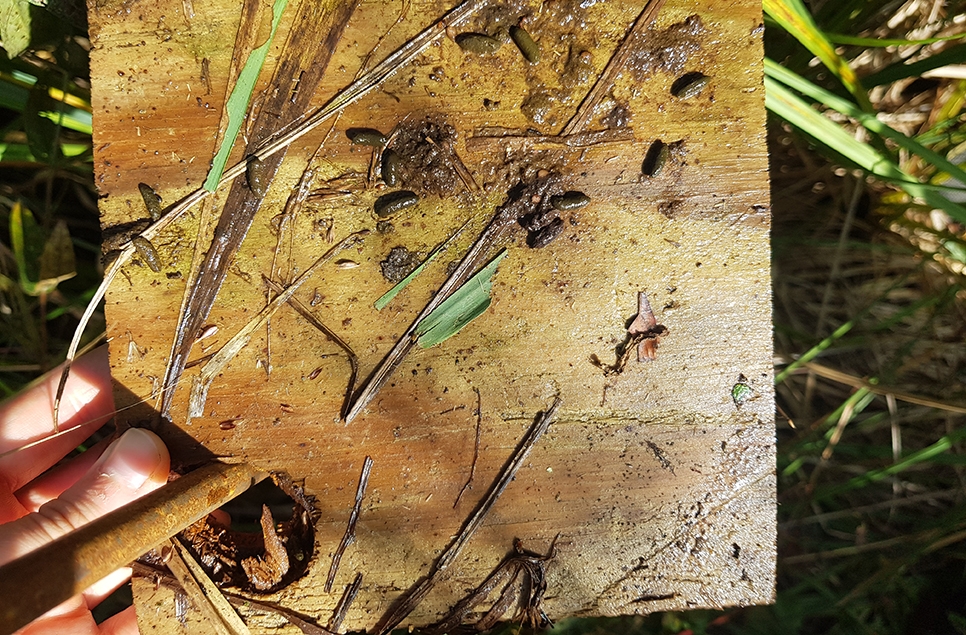
Wetland Bird Survey (WeBS)
All year around, once a month a volunteer and our Wardens do The Wetland Bird Survey (WeBS) which monitors waterbirds in the UK. They count all the waterbird species regularly occurring at our site and count how many of each species is present on the survey date. These surveys are conducted all over the UK. WeBS is a partnership between the British Trust for Ornithology, the Royal Society for the Protection of Birds and the Joint Nature Conservation Committee (the last on behalf of the statutory nature conservation bodies: Natural England, Natural Resources Wales and Scottish Natural Heritage and the Department of the Environment Northern Ireland) in association with the Wildfowl and Wetlands Trust.
Are you inspired to visit after reading about all the wildlife our wardens watch at Arundel Wetland Centre?
Ready to visit?
If you've been inspired to visit after reading about all the wildlife our wardens watch, find out more and plan your visit online.
Plan your visit
Ready to visit?
If you've been inspired to visit after reading about all the wildlife our wardens watch, find out more and plan your visit online.
Plan your visit